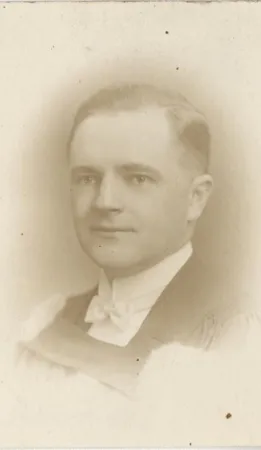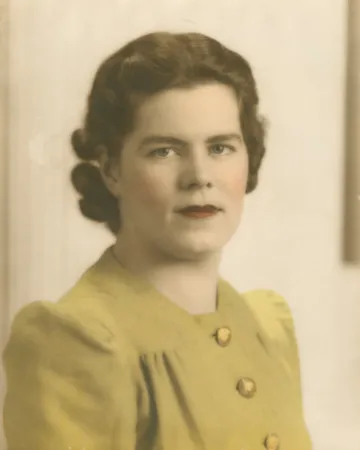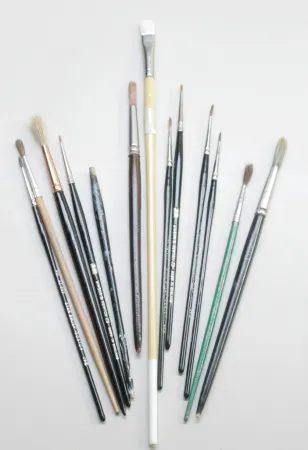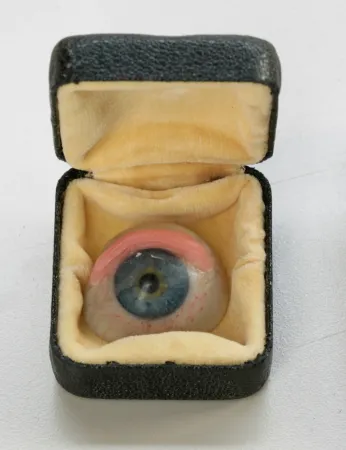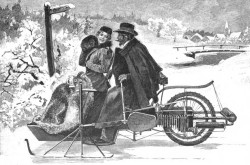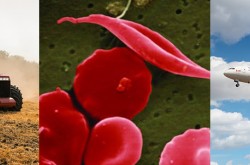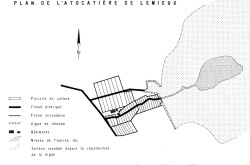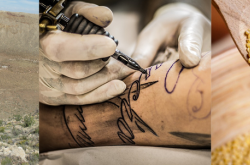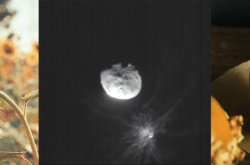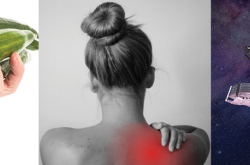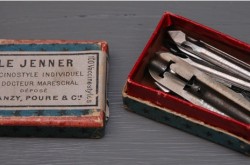Dr. Clifford Taylor and Kathleen McGrath: Making Prosthetic Eyes for Canadian Soldiers
This article was originally written and submitted as part of a Canada 150 Project, the Innovation Storybook, to crowdsource stories of Canadian innovation with partners across Canada. The content has since been migrated to Ingenium’s Channel, a digital hub featuring curated content related to science, technology and innovation.
Dr. Clifford Alfred Taylor, a Toronto ophthalmologist, researched glass and experimented with it at the National Research Council in Ottawa during the Second World War. He was a fellow of the Royal College of Science, the American Academy of Ophthalmology, and the American Academy for the Advancement of Science.
Together with his laboratory technician and assistant, Kathleen McGrath, Dr. Taylor travelled throughout Canada, fitting and making prosthetic eyes for blinded and disfigured ex-servicemen. McGrath began a nursing career at the age of 17 before training and qualifying as an Ontario Laboratory Technician in 1937. In 1938, she qualified in first aid with St. John Ambulance. She was brought to the attention of Dr. Taylor and began working with him in 1941, fitting glass eyes and, later, making them. Referring to herself as an “eye maker”, McGrath created both glass and plastic prosthetic eyes.
During the Second World War, there were rapid advancements in the technologies and artistry for making prosthetics of all kinds. The war cut off access to predominantly German sand that was used in the manufacture of glass eyes. As a result, doctors turned to synthetic materials, such as the polymers used by Taylor and McGrath.



